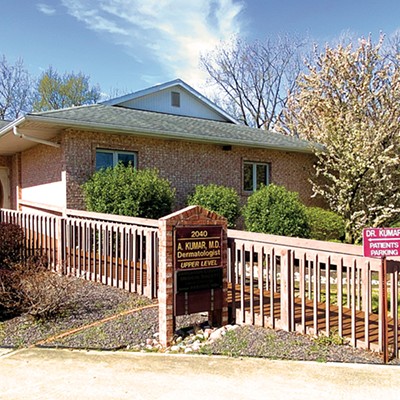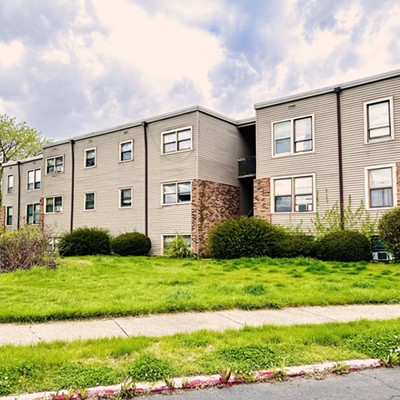Now and then in recent columns, I’ve touched on the risks and the occasional opportunities faced by Illinois as the world’s climate changes. Over at WUIS-FM’s useful news site, three experts at the University of Illinois taking part in the U of I’s Institute of Government and Public Affairs’ Climate Policy Initiative -- Dan Fullerton, Professor of Finance, Megan Konar, an assistant professor of civil engineering and Julian Reif, assistant professor of finance -- offered their analysis of the consequences.
Among the authors’ main points:
When we think of climate change, we often imagine melting ice caps, rising sea levels that engulf small islands and changes to habitats that decimate entire species. . . . Although less dramatic, climate change will be no less disruptive for Illinois. The repercussions will be complex and influence everything from human health to electricity costs. Even our ability to grow crops will change. . . .
For Illinois, the U.S. Global Change Research Program predicts that the number of days each year with temperatures over 95 degrees Fahrenheit will more than double by the middle of this century. . . .
Spring rainfall in Illinois will likely increase by up to 10 percent in central Illinois and by 10 to 20 percent in northern Illinois. An increase in spring rainfall will add to the number and severity of annual floods. In the summers, droughts will become more likely. . . .
What does this mean in practical terms? The authors explain:
[Farming] output may decrease because extra spring downpours will likely disrupt seeding efforts while decreased summer rainfall will adversely affect the crop-growing season. Climate change is projected to increase the variability of rainfall in the growing season, which will lead crops to experience more water stress, reducing crop yields. Reduced yields will impact other sectors of the economy that rely on locally grown corn, such as livestock producers, grain storage and transportation companies.. . .
The prevalence and severity of floods are almost certain to increase. With increased flooding in Illinois, flood insurance rates will go up, unless local or state governments take aggressive measures to protect communities from flood damage. . . .
In the next couple of decades, summers in Illinois are projected to feel a lot more like summers now in Texas. Hotter summers will lead more people to use air conditioning. This increase in demand will strain the state’s electricity grid and increase the price of electricity.. .
We are the proverbial boiling frog, We won’t notice for a while that things are getting hotter because the current climate in Illinois will change only slowly over the next one or two decades. “But projections show drastic differences from 2040 to 2070, when compared with recent and current conditions.”
The authors conclude:
Investing in water resources, electricity and transportation infrastructure are just three potential opportunities to consider. An advisory group tasked with taking on the issue could (hopefully) find other creative solutions to climate change in Illinois. . . . Yet the delay is not an excuse for procrastination. Some of the needed infrastructure investment might take 10 years to install, and the whole planning process will take years before that construction can begin. The state must start that planning now.
















